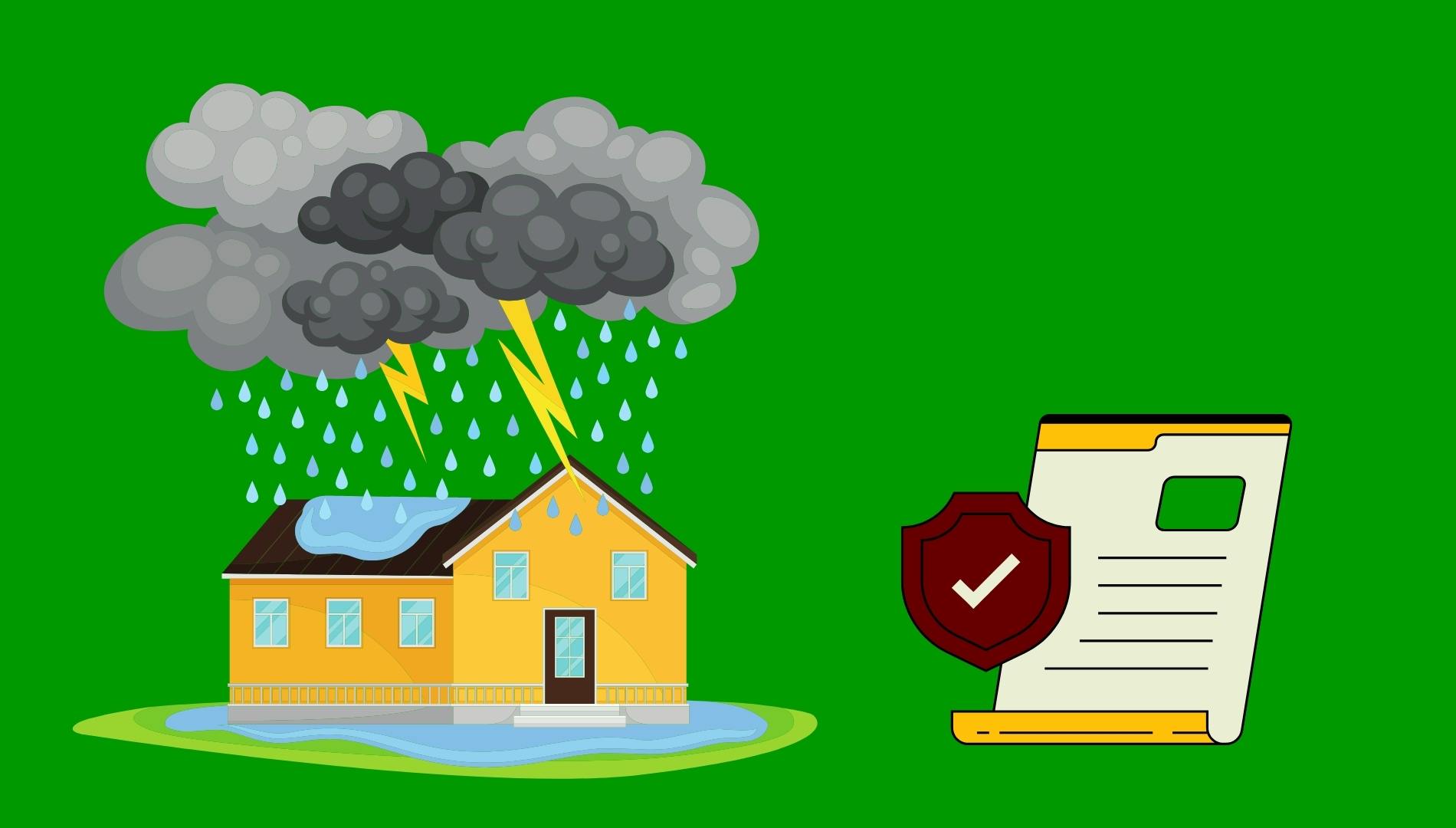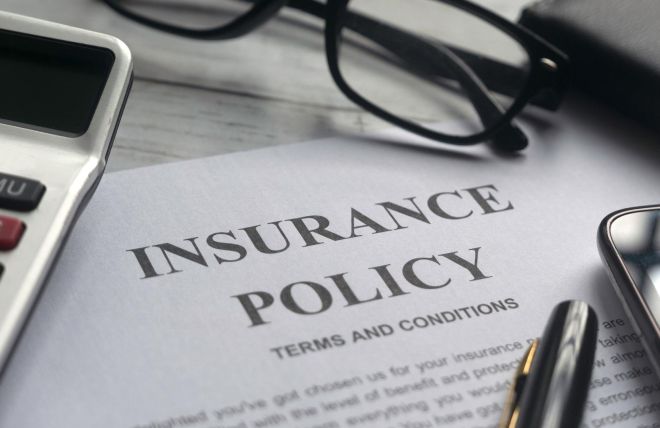HOA Property Insurance
In the world of homeowners associations (HOAs), property insurance isn't just a necessity—it's a cornerstone of community management and financial stability. This type of insurance plays a critical role in protecting the association's assets, from physical structures to communal areas, against a wide range of risks including fire, theft, vandalism, natural disasters, and more. Understanding the intricacies of property insurance can help your HOA navigate the complexities of coverage, ensure adequate protection, and foster a sense of security among residents. HOAs are required to carry property and casualty insurance, with 98% of communities carrying such insurance.
If you're looking for more comprehensive information on HOA insurance types and want to see real-life examples in action, check out this helpful resource: "HOA Insurance Types: A Guide to Protecting Your Community."
What is Property Insurance for HOAs?
Property insurance for HOAs is designed to cover damages to common areas and shared structures within the community. This can include clubhouses, pools, fitness centers, outdoor spaces, and other amenities that define the living experience in an HOA-managed community. It's distinct from homeowners' personal property insurance, which covers the interior and contents of individual homes.
Why HOAs Need Property Insurance
Without property insurance, HOAs could face significant financial burdens in the event of damages to communal assets, affecting all members.
Imagine the financial strain on your community if a fire severely damages the clubhouse or a storm wreaks havoc on landscaping and external amenities. Without property insurance, the HOA could be responsible for all repair and replacement costs, potentially leading to significant special assessments or dues increases for residents. Property insurance ensures that your community can recover from such events without placing undue financial burden on its members.
Key Coverage Elements
Important aspects include building coverage, personal property coverage, liability coverage, and loss of use, ensuring comprehensive protection.
- Building Coverage: Protects against damage to buildings and structures owned by the HOA.
- Personal Property Coverage: Covers loss of personal property owned by the association, such as maintenance equipment or office furniture.
- Liability Coverage: Although not directly a part of property insurance, liability coverage is crucial for any incidents that occur on the property that could result in legal action against the HOA.
- Loss of Use: Helps cover additional costs if community facilities are temporarily unusable due to covered damages.
Determining Adequate Coverage
Factors like replacement costs, specific risks, and governing documents influence the amount of coverage necessary for full protection.
The right amount of property insurance depends on several factors, including the replacement cost of all insured properties, the specific risks associated with your location (such as susceptibility to natural disasters), and the terms of your governing documents. It's essential to work with a knowledgeable insurance agent who understands the unique needs of HOAs to ensure your coverage is comprehensive and appropriate.
Navigating the Claims Process
Efficiently handling claims involves prompt reporting, thorough documentation, and cooperation with insurance adjusters for fair compensation.
- Promptly reporting the damage to your insurance provider.
- Documenting the damage with photos and detailed notes.
- Working closely with the insurance adjuster assigned to your case.
- Following through on the claims process to ensure timely and fair compensation.
Conclusion
Property insurance is vital for HOA management, safeguarding the community’s financial health and ensuring resilience against unforeseen events.
Property insurance is a vital component of responsible HOA management, offering protection and peace of mind to both the association and its members. By ensuring your HOA has the right coverage, you're not just safeguarding physical assets; you're also protecting the community's financial health and ensuring that your neighborhood remains a desirable place to live for years to come. Remember, a well-insured HOA is a resilient HOA.
Sources
-
Insurance Information Institute. (n.d.). Facts + Statistics: Homeowners and renters insurance. Retrieved January 24, 2024, from https://www.iii.org/fact-statistic/facts-statistics-homeowners-and-renters-insurance
-
National Association of Insurance Commissioners. (n.d.). NAIC releases homeowners insurance report. Retrieved January 24, 2024, from https://content.naic.org/article/news-release-naic-releases-homeowners-insurance-report
-
WTSP.com. (n.d.). Condo associations: HOA insurance rates are soaring. Retrieved January 24, 2024, from https://www.wtsp.com/article/money/economy/condo-associations-hoa-insurance-rates/67-10fd6013-ced2-4ac9-869f-9be0822a6899
-
Quicken Loans. (2023, August 31). 2023 homeowners insurance claim statistics. Retrieved January 24, 2024, from https://www.quickenloans.com/learn/homeowners-insurance-statistics
Crafted with the precision of AI, our blogs blend human insight with digital innovation for content that truly resonates.








